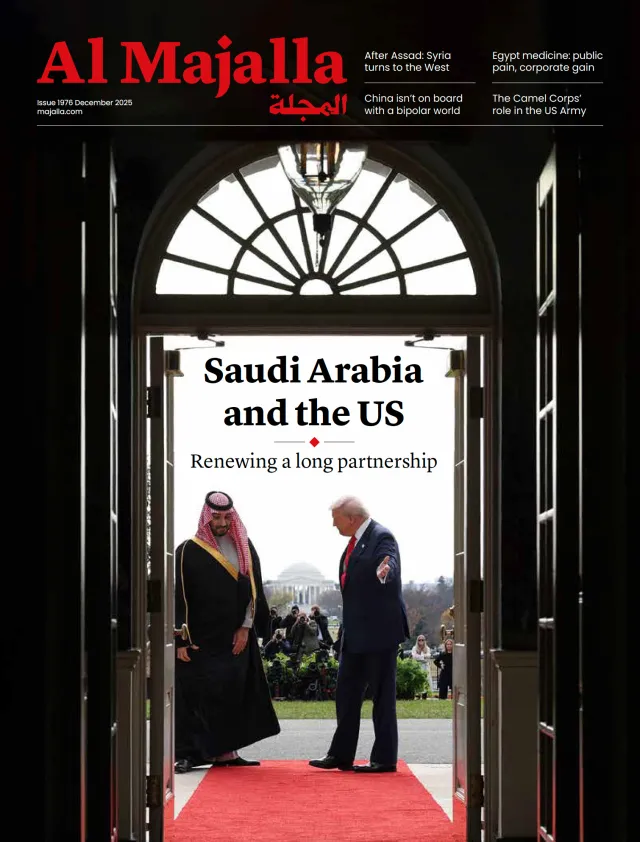On 30 September 1989, Lebanon’s warring factions met in the Saudi city of Taif and agreed on the “National Accord Document”. On 22 October of the same year, the Lebanese ratified the document, which, among other provisions, stipulated “the dissolution of all Lebanese and non-Lebanese militias and the handing over of their weapons to the Lebanese state within six months after the ratification of the National Accord Document”.
On 7 August 2025, nearly 36 years later, the Lebanese government met and approved the termination of all armed presence across Lebanese territory, including that of Hezbollah, and the deployment of the Lebanese army to border areas. The government thereby endorsed part of the plan proposed by United States envoy Tom Barrak.
It took Lebanon 36 years after the end of the civil war to begin implementing one of the clauses of the Taif Agreement, which has since become the country’s constitution. Several other clauses remain postponed, with some not even discussed.
This is not the first time Lebanon has sought a solution to the issue of Hezbollah’s weapons or the arms of Palestinian militias inside and outside the camps. Nor is the United States the first to raise the matter of extending state authority across the entire territory. The journey has been long and costly for Lebanon.
Pretexts and excuses
Whenever the weapons question arose, Hezbollah would produce a pretext to justify keeping its arms. These ranged from the fabricated Shebaa Farms claim to the refusal to allow the Lebanese army to deploy along the borders in order to avoid becoming Israel’s border guard, to arguments about the army’s weakness and its inability to protect Lebanon from Israeli aggression. Among these excuses was the infamous phrase “weapons to protect the weapons”, uttered by the late Secretary-General Hassan Nasrallah when he declared war on the Lebanese state on 7 May 2008.




